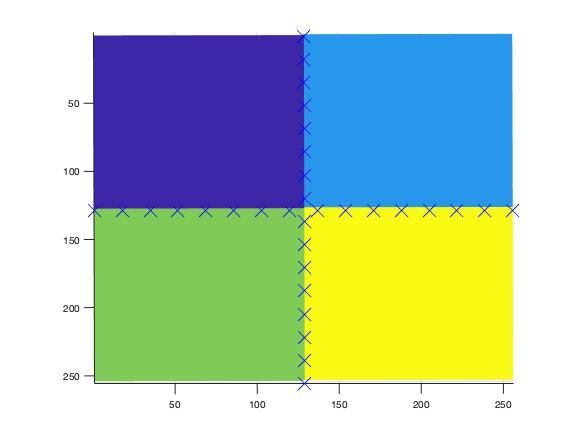Disclaimer: If you are looking for a technical and mathematical post, this is not the one for you! But if you share a passion for jigsaw as I do, feel free to scroll through and enjoy my 2000-piece jigsaw puzzle below.
“Click” went the sound of the final piece of the 2000-piece puzzle. 4 days, 18 cumulative hours spent, and the result lied magnificently in front of my eyes: a beautiful cozy library underneath a never-ending river—another one goes to the collection.

Puzzles are my refuge, a much-valued pastime. As I painstakingly classified, searched for pieces, and watched the puzzle slowly come into place, my thoughts ran wild: I marveled at the perfect cut coming from my Ravensburger puzzle set, wondering how a laser-cut could be so clean. That’s why when I came to MIT SGI this summer, my eyes were immediately caught on the project “Optimal Interlocking Parts via Implicit Shape Optimization” by Professor David Levin.
In the project, I learned about the polygonizer technique, with which we tried to cut the puzzle into pieces based on known clusters. The process involves two steps:
- Firstly, we found points on the cut lines.
- Secondly, we connected the points above to create shapes for the puzzle pieces.

Due to the time constraint, I was not able to fully finish implementing this technique, but the project gave me hindsight on how puzzles are created with such precision and weirdness in piece shapes (recalling the crazy and infamous Krypt puzzle of Ravensburger). Like the feeling of finishing a giant jigsaw puzzle, the excitement of having my code run smoothly on a test image is equivalently comparable!